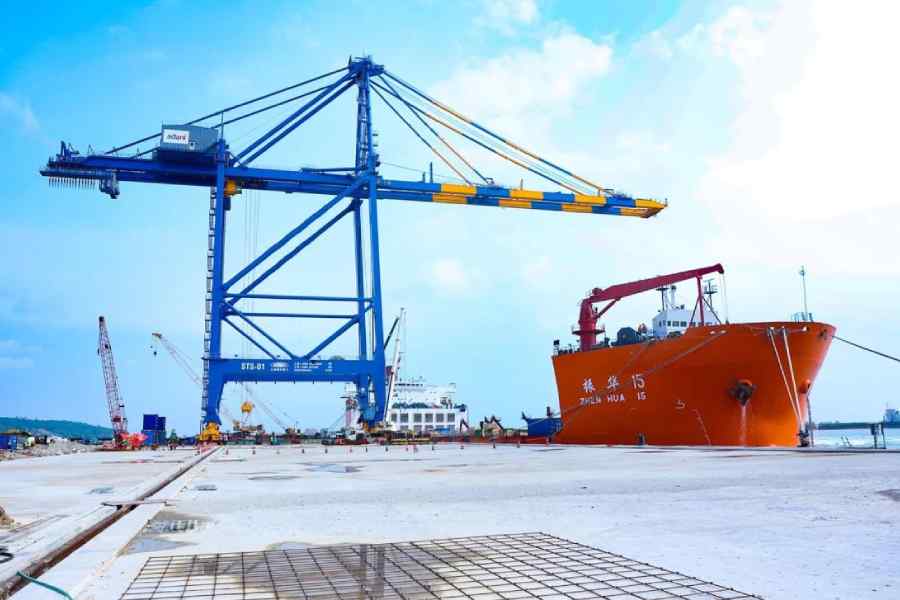New Delhi, Jan. 4: An international chemistry agency has accepted claims of the discovery of four new superheavy elements that complete the seventh row of the periodic table, an arrangement of elements first pencilled over 145 years ago by Russian chemist Dmitri Mendeleev.
Chemists are viewing the International Union of Pure and Applied Chemistry's (IUPAC) acceptance of the discoveries as a New Year gift to research groups in Japan, Russia and America that had discovered the elements with atomic numbers 113, 115, 117 and 118 over the past decade.
Scientists at RIKEN, an institute in Japan, have been invited to assign a permanent name to element 113. Collaborators from the Joint Institute for Nuclear Research, Russia, and two US government research laboratories will get to name elements 115, 117 and 118.
An IUPAC media release said the elements had been "temporarily named as ununtrium (113), ununpentium (115), ununseptium (117) and ununoctium (118)".
Superheavy elements do not occur in nature and have to be produced experimentally in particle accelerators or nuclear reactors through nuclear fusion or neutron bombardment.
Chemists view the completion of the seventh row as a significant advance.
"The elements in each row share certain characteristics, like the members of a family," Atanu Bhattacharya, assistant professor in inorganic and physical chemistry at the Indian Institute of Science, Bangalore, who was not associated with the discoveries, told The Telegraph.
Scientists at the Lawrence Livermore National Laboratory and the Oak Ridge National Laboratory in the US, working with collaborators at Russia's JINR, had created element 118 in 2006, element 115 in 2013, and element 117 in 2014.
All the previously discovered elements in the seventh row are radioactive.
"One difficulty in establishing these new elements is that they decay into unknown isotopes of slightly lighter elements that also need to be unequivocally identified," said Paul Karol, chair of IUPAC's joint working panel that had examined the scientists' claims.
Researchers led by chief scientist Kosuke Morita at the RIKEN Nishina Centre for Accelerator-based Science had confirmed the creation of element 113 about four years ago.
"From a fundamental science perspective, a complete understanding of these elements is important," Bhattacharya said. "One unanswered question is whether there is a physical limit that the periodic table cannot be expanded more than a certain size."
Chemists credit Mendeleev with tabulating the elements according to their atomic numbers to create the first periodic table in 1869, although his version had less than 70 elements.










